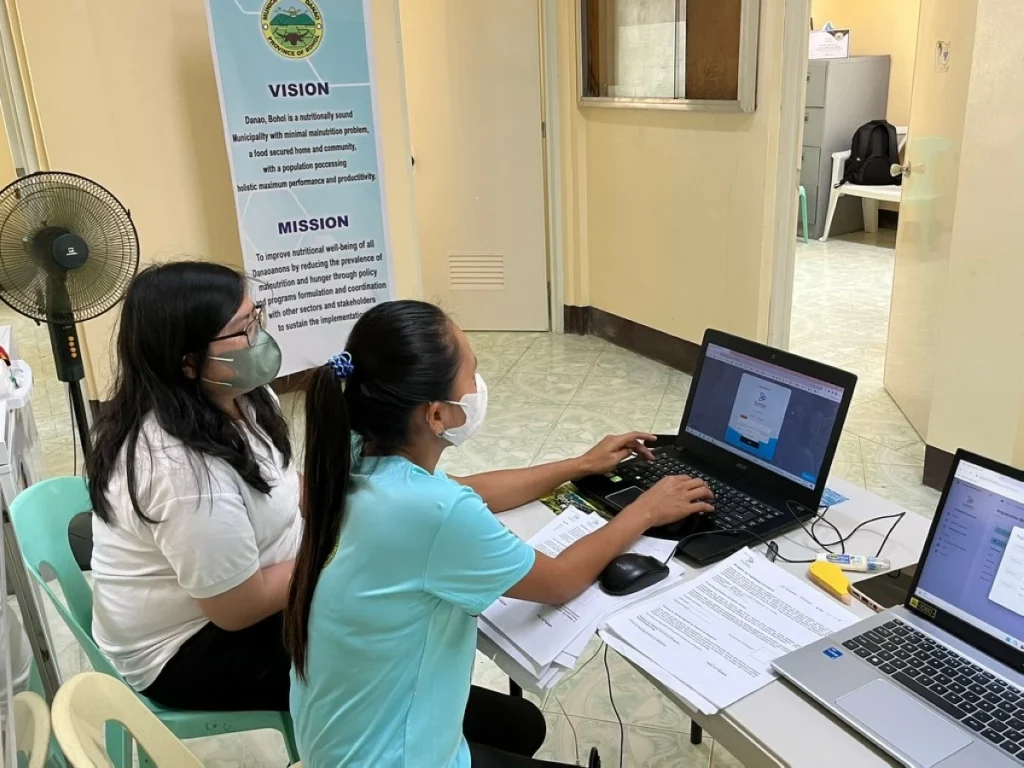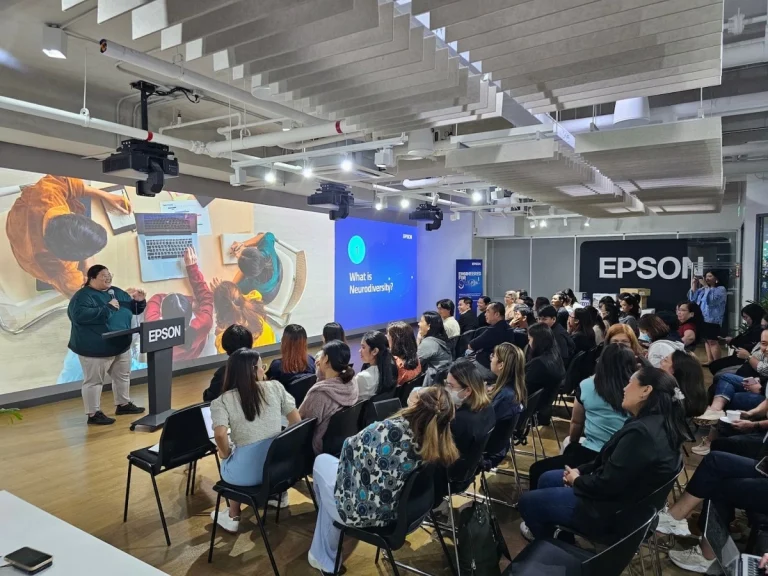
When you look at the stats of what CareGo does for its clients, it’s striking how impactful an improved back-end system can be. Most of us have to go to clinics for tests and other services (and as we age, we have to increasingly more often). Apart from the anxiety of the activity is the time and cost. By improving clinics’ systems they can serve people faster and deliver better-quality service overall.
What strikes me when I ask Troyss Pilapil, co-founder of CareGo, about how they built such a successful business, is that he opens up quickly about failures and pivots. “We’ve been through multiple iterations,” he explains. The current successes of CareGo aren’t about a lightning-in-the-bottle idea that transforms everything. Rather, it’s zigs and zags, rooted in a desire to help make medical care more accessible.

Their story starts in RITM, where the co-founders, Troyss Pilapil and Mikee Chua were working. It was the depths of the pandemic and the RITM was processing COVID-tests. The CareGo team were medical researchers and by doing all of this processing, they were developing an understanding of the kinds of paperwork, red tape, and other factors that can contribute to the problem of medical access.
From there, and filled with the spirit that UP often hopes to instill in its graduates, Troyss and his co-founder left RITM to build something that would be “para sa bayan.” They could look out and see long lines of people waiting for test results and they thought, there has to be a better way.
They took a leap of faith in 2021, quitting their jobs and launching their startup out of their own pockets. Through grant funding from the UN they were able to test and validate their initial idea: by using SMS reminders they were able to increase vaccination rates of participants from 84-91%. Because they wanted to serve the people, their initial forays were attempts to partner with LGUs and other government agencies. Despite positive results they struggled to find partners. At one point they approached 2,000 LGUs. And only one, based in Surigao del Sur, agreed to partner with them. Working with government partners would be challenging, and even despite successful interventions, broad adoption was clearly going to be a struggle.

One of the interesting ideas that Troyss offers is that the problems they were trying to solve were too small. In the early days it was just increasing vaccination rates, and then they shifted to reproductive health reminders. These helped individuals, but if they wanted to be impactful, they needed to not just think about the impact to make on one person, but the impact that could be made on a whole system. In addition, because their goal was serving people, they were being mistaken for an NGO.
These are key levers that move them toward success. They came to understand that they needed to build the business to be successful so they could have the social impact they were aiming for. In 2023 they pivoted to become a SAAS company, providing back-end support customized to private clinics. Their understanding of systems would and lead to their clients’ clinics being able to process things 300% faster, translating to better service delivery to the low and middle-income clientele they served.
What I learn from our conversation is that the tech here isn’t necessarily transformative. It’s not like they built some groundbreaking piece of software. Rather, they have found a formulation and deployment of current technology that can be truly impactful. They drew from their experiences and from their desire to “serve the people” while also aspiring something that could be sustainable and scale, to serve ever more clinics and by extension communities.
The journey has been rocky, but CareGo looks to be entering new phases and expanding even further.

phparkb.com|games|casino|phparkb




